Emergency care instructions to curb bleeding before you can seek medical attention
X
This article was medically reviewed by Danielle Jacks, MD. Danielle Jacks, MD is a Surgical Resident at Ochsner Clinic Foundation in New Orleans, Louisiana. She has over six years of experience in general surgery. She received her MD from Oregon Health and Science University in 2016.
This article has been viewed 30,542 times.
Cutting off the tip of your finger can be incredibly scary—but the wound is definitely treatable if you take the right steps. The first priority is calling for help controlling the bleeding. Apply pressure to the wound with sterile gauze and elevate it above your heart. When the bleeding is under control, try to find the severed fingertip, because the hospital may be able to reattach it.
Things You Should Know
- Call 911 and get immediate medical attention for your injured fingertip.
- Rinse off the injured finger under cold water for 1 minute, and apply constant pressure with gauze. To decrease blood flow, lift your finger above your heart.
- Apply extra layers of clean gauze or rags if the bleeding continues. If the finger is bleeding profusely, apply a tourniquet.
- Salvage the fingertip by rinsing it with cold water, covering it in damp gauze, slipping it in a plastic bag, and storing it in a cooler on your way to the hospital.
Steps
Method 1
Method 1 of 2:
Emergency First Aid
-
1Rinse the wound under cold water for 1 minute. This removes any dirt or other contaminants in the wound that can cause an infection later on. Cold water also closes up capillaries, so it can help reduce the bleeding. Limit the rinsing time to 1 minute, because you have to take immediate steps to control the bleeding.[1]
- Do not scrub the wound. This could damage more tissue and also cause a lot of pain.
- If no water is available, then immediately cover the wound and take steps to control the bleeding.
-
2Apply pressure with sterile gauze or a clean rag to stop the bleeding. Wrap the gauze around the wound. Then press down to apply even pressure. Continue applying pressure until the bleeding slows down.[2]
- This may be painful, so try to be as gentle as possible. However, applying pressure is crucial for controlling the bleeding.
- Don’t squeeze the wound hard. This could damage more tissue.
- If you have medical tape, wrap it around the gauze to keep it in place. Then you won’t have to keep holding it down with your other hand.
Advertisement -
3Elevate the hand above your heart to decrease the blood flow. While applying pressure, bend your arm at the elbow and point it up so it’s above your heart. This position drains blood away from the wound and reduces the bleeding. Keep your arm in this position until you receive medical care.[3]
- If you get tired of holding your arm up, sit down at a table and rest your elbow on it. A chair with an armrest will also work.
-
4Place more gauze or rags over the original one if blood soaks through. If the wound bleeds a lot and the blood is soaking through the gauze, do not remove the original gauze. This could pull off any clots that have formed and make the bleeding worse. Instead, place a new layer of gauze over the old one and continue applying pressure.[4]
- If you run out of gauze, use a clean rag instead.
-
5Apply a tourniquet if the bleeding comes out in pulses. If blood soaks through multiple layers of gauze and it pulses, then you cut an artery and need a tourniquet. Tie a string or piece of fabric around the base of the injured finger. Pull it tight to cut off the blood flow to the finger. Leave the tourniquet in place until you receive medical attention.[5]
- Never put the tourniquet any higher on your arm than you need to.
- Tourniquets are only appropriate for emergencies because they can damage tissue if they’re left on for too long. Only apply one if you can’t control the bleeding with pressure.
- Tourniquets can be left on for 2 hours before tissue damage becomes a concern. Always get professional medical care when you apply one.
-
6Seek immediate medical attention. An amputated fingertip is a serious injury that requires immediate medical care. Ideally, have someone call 911 or the local emergency number while you’re working on controlling the bleeding so help arrives as soon as possible. If you’re near a hospital or urgent care facility, then have someone bring you there as soon as the bleeding is under control. The faster you get help, the better chance you have for an easy recovery.[6]
- Don’t make an appointment to see your doctor. This is an emergency that requires immediate attention.
Advertisement
Method 2
Method 2 of 2:
Saving the Fingertip
-
1Find the amputated fingertip after you control the bleeding. If you receive medical care fast enough, a surgeon may be able to reattach the fingertip. The first priority is stopping the bleeding. After that’s under control, look for the amputated fingertip.[7]
- Remember that if you lost the fingertip using a saw or similar power tool, it may have flown across the room. Try to search around in the direction it may have traveled.
- If you can’t find the fingertip, get to the hospital. This is more important. If someone is around, have them continue looking while you get medical help and bring the fingertip to the hospital later.
-
2Rinse the fingertip with clean water. Wash it the same way you washed the wound. Hold it under cold, running water for 1 minute to remove any contaminants. Don’t scrub it or you could cause tissue damage.[8]
- Make sure the water you use is clean to avoid contaminating the fingertip.
- If water isn’t available, then just pack up the fingertip. This is the most important part.
-
3Wrap the fingertip in moist gauze and place it in a plastic bag. Run some gauze under clean water and lightly wrap the fingertip. Then place it in a plastic bag and seal it.[9]
- Squeeze the air out of the bag before you seal it.
-
4Put that bag inside another bag full of ice. If the fingertip stays cold, it will remain usable for up to 18 hours. Without ice, it only stays usable for 4-6. Fill another plastic bag with ice and put the fingertip bag inside. Seal the bag and proceed to the hospital.[10]
- If you have a cooler, place the bag in there to transport it.
- If you don’t have ice, look for something else that could keep the fingertip cold. An ice pack, frozen vegetables, or anything from your freezer is better than nothing.
- Don’t let the fingertip touch the ice directly. This could cause further tissue damage.
-
5Bring the fingertip to the hospital with you. If you keep the fingertip cold and get medical attention quickly, then there is a chance that it can be reattached depending on how clean of a cut you made. Just make sure to bring the fingertip with you and have the doctor assess if they can reattach it.[11]
- If you couldn’t find the fingertip initially and left someone behind to keep looking for it, make sure they clean and ice it as soon as they find it. Then tell them to bring it to the hospital you’re at immediately.
- Reattaching your fingertip does not necessarily mean it will have full mobility again.
Advertisement
Warnings
- Remember, always get the bleeding under control before looking for the severed fingertip. Otherwise, you could suffer from complications due to blood loss.⧼thumbs_response⧽
- The first-aid procedure for a severed fingertip is only a temporary fix until you get medical attention. Always seek medical help right away.⧼thumbs_response⧽
Advertisement
References
- ↑ https://www.urgencyroom.com/what-do-when-you-cut-your-finger/
- ↑ https://kidshealth.org/en/parents/cuts-sheet.html
- ↑ https://health.clevelandclinic.org/how-to-stop-bleeding/
- ↑ https://kidshealth.org/en/parents/cuts-sheet.html
- ↑ https://healthcare.utah.edu/the-scope/shows.php?shows=0_tsvw2gib
- ↑ https://kidshealth.org/en/parents/cuts-sheet.html
- ↑ https://healthcare.utah.edu/the-scope/shows.php?shows=0_tsvw2gib
- ↑ https://orthoinfo.aaos.org/en/diseases--conditions/fingertip-injuries-and-amputations
- ↑ https://orthoinfo.aaos.org/en/diseases--conditions/fingertip-injuries-and-amputations
About This Article
Advertisement
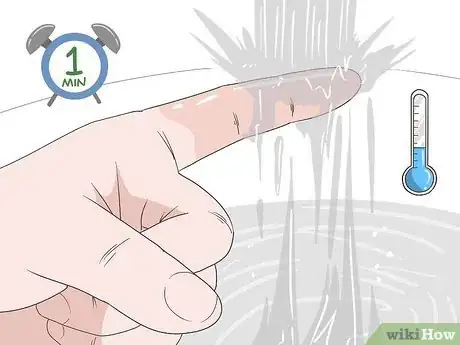
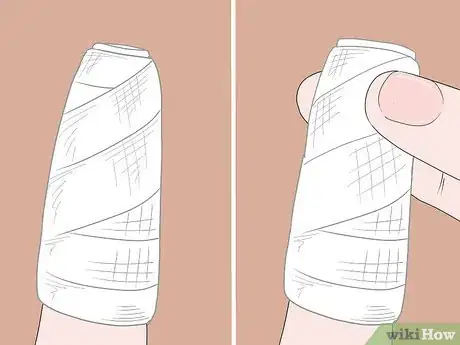
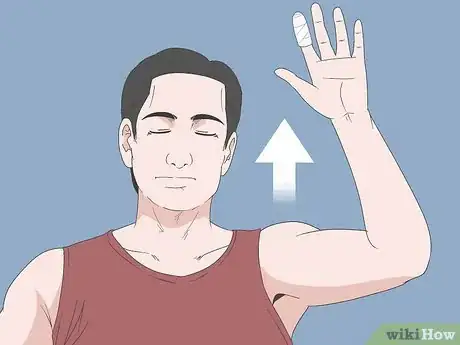
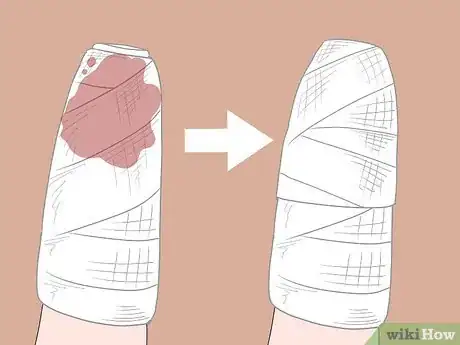
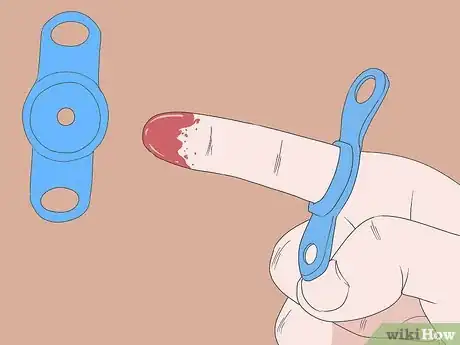
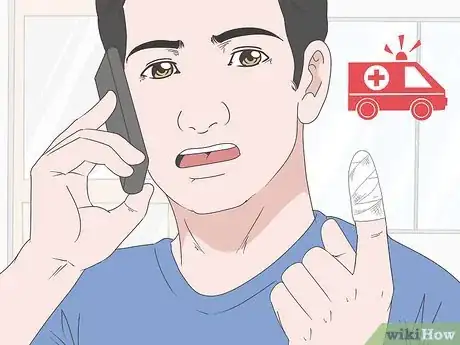
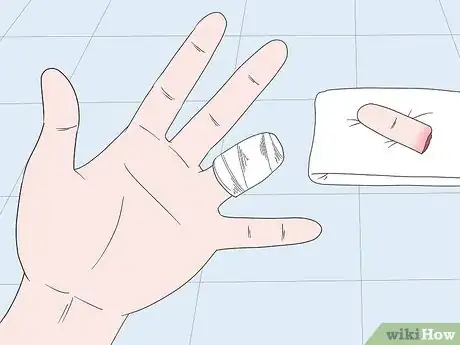

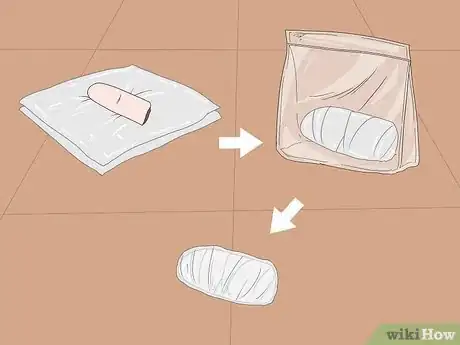
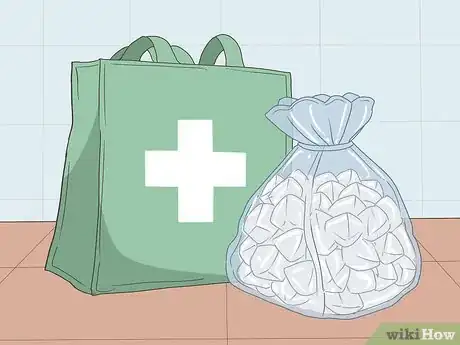
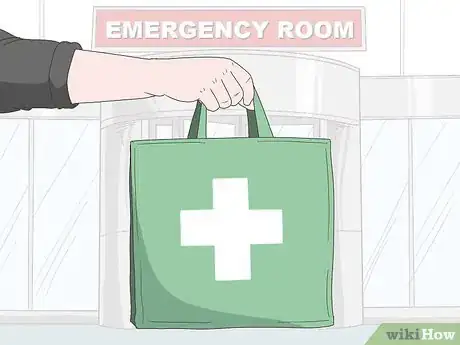

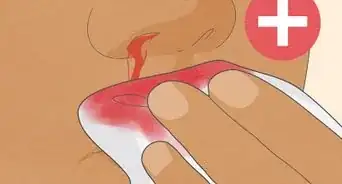
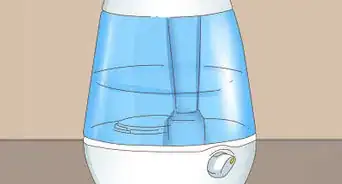
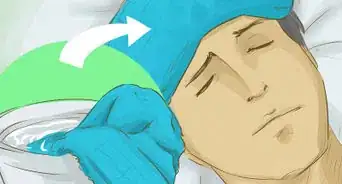



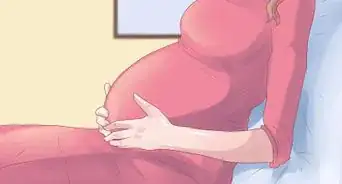
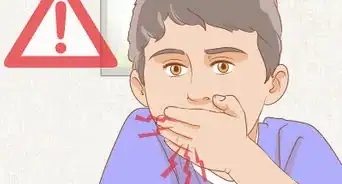
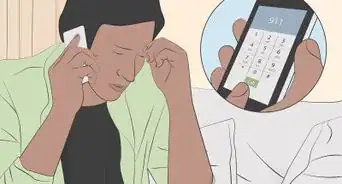

-Step-13-Version-3.webp)
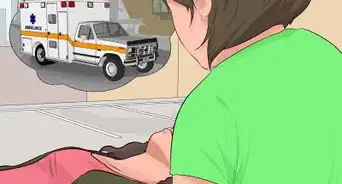
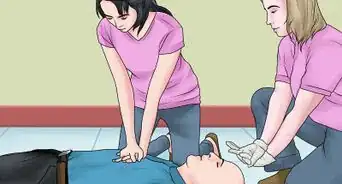







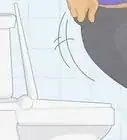

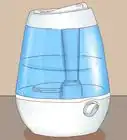
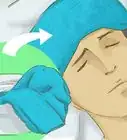



































Medical Disclaimer
The content of this article is not intended to be a substitute for professional medical advice, examination, diagnosis, or treatment. You should always contact your doctor or other qualified healthcare professional before starting, changing, or stopping any kind of health treatment.
Read More...